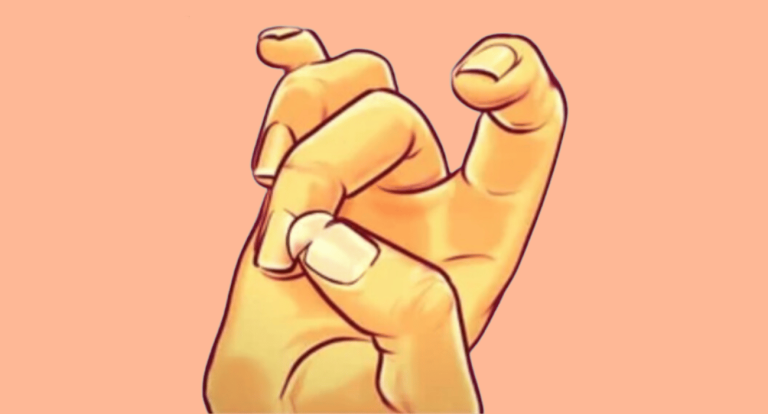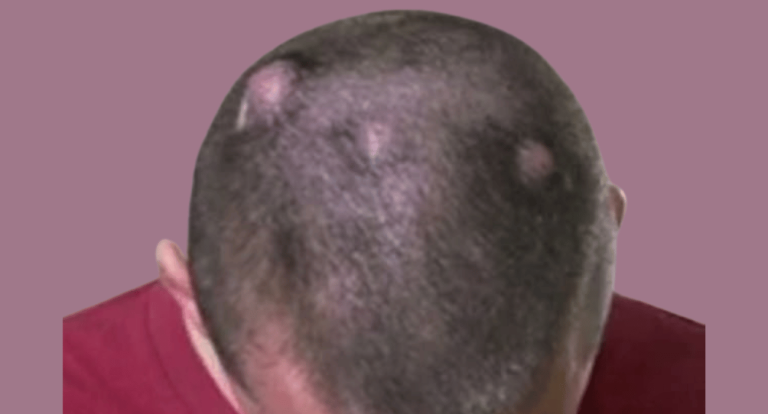Recognizing the Symptoms of Stroke and Transient Ischemic Attacks
A stroke or transient ischemic attack (TIA) can strike suddenly, with symptoms varying based on the specific location of the blockage or bleeding in the brain. Different regions of the brain are supplied by distinct arteries, and the location of the issue determines the symptoms. For example, a blockage in an artery that supplies blood to the area of the brain responsible for controlling leg movement can lead to weakness or paralysis in the affected leg. Similarly, damage to the area that processes touch sensation in the right arm may result in a loss of feeling in that arm.
Understanding the symptoms of a stroke is critical because timely recognition can lead to early intervention and better outcomes. Most strokes affect only one side of the brain, and because nerves typically cross over to the opposite side of the body, the symptoms will manifest on the side of the body opposite the affected area of the brain. It is essential to know the warning signs and to seek medical help immediately when these symptoms appear.
Common Stroke Symptoms
The most common warning signs of a stroke or TIA include:
- Sudden weakness or paralysis on one side of the body.
- Loss of sensation in an arm or leg.
- Speech difficulties, such as slurred speech or the inability to speak.
- Mental confusion and difficulty understanding or speaking.
- Vision problems, including sudden blurred or lost vision in one or both eyes.
- Sudden dizziness or loss of balance, making it difficult to walk.
These symptoms can be associated with both ischemic and hemorrhagic strokes. TIAs, often referred to as “mini-strokes,” share similar symptoms, though these signs usually resolve within a few minutes and do not cause permanent damage.
Hemorrhagic Stroke Symptoms
While ischemic strokes (caused by blockages in the arteries) and hemorrhagic strokes (resulting from bleeding in or around the brain) share many common symptoms, hemorrhagic strokes can present additional warning signs, such as:
- Severe headache that comes on suddenly and is often described as the worst headache ever experienced.
- Vomiting and nausea, which may accompany a headache.
- Temporary or prolonged loss of consciousness, ranging from fainting to a coma.
- A sudden increase in blood pressure, which can contribute to further complications.
It’s important to note that these symptoms may require immediate medical attention, as hemorrhagic strokes can lead to further complications due to increased pressure on the brain.
Early Cognitive and Sensory Symptoms
In addition to the immediate physical symptoms, early signs of a stroke may include:
- Memory problems or difficulty recalling recent events.
- Cognitive challenges, such as trouble thinking clearly or understanding simple instructions.
- Attention deficits or difficulty staying focused.
- Sensory deficits, including numbness, tingling, or lack of sensation in parts of the body.
- Potential hearing loss in one ear.
These cognitive and sensory issues can persist after a stroke, depending on the severity and location of the brain injury.
Other Symptoms to Watch For
Other symptoms of a stroke may include:
- Dizziness or vertigo, which may make it difficult for individuals to maintain their balance.
- Difficulty swallowing (dysphagia), which can increase the risk of choking or aspiration.
- Loss of bladder or bowel control, which can indicate that the stroke has affected areas of the brain responsible for these functions.
These issues may occur immediately after a stroke or could develop during recovery. Swallowing difficulties, in particular, may require medical interventions to prevent aspiration pneumonia and other complications.
Long-Term Effects of Stroke
After experiencing a stroke, the affected individual may face ongoing challenges, including:
- Spasticity, which is characterized by stiff or tight muscles that can limit movement.
- Emotional changes, such as depression, anxiety, and difficulty managing emotions, are common after a stroke.
- Loss of independence, as individuals may struggle with performing daily activities like dressing, bathing, or eating without assistance.
Despite these challenges, some functions can improve over time. The brain has an incredible ability to adapt, known as neuroplasticity, which allows the brain to reorganize itself and compensate for lost functions. However, some effects, like paralysis or severe cognitive deficits, may persist for the long term.
Severe Stroke Complications
In cases of severe strokes, complications can be life-threatening. Brain swelling (cerebral edema) and increased pressure inside the skull ma
y occur, particularly in hemorrhagic strokes where blood leaks into the brain or surrounding tissues. This elevated pressure can lead to:
- Direct brain damage and potentially fatal consequences.
- Brain herniation, where parts of the brain shift through structures in the skull, which can lead to irreversible damage, coma, or death.
When pressure inside the skull increases, it can affect breathing patterns, consciousness, and overall brain function. Immediate medical intervention is critical in these situations to prevent fatal outcomes.
The Importance of Early Treatment
Recognizing stroke symptoms early is key to improving outcomes. Immediate treatment, often within the first few hours, can significantly reduce the long-term effects of a stroke. For ischemic strokes, this might involve medications like clot-busting drugs or mechanical procedures to remove the blockage. For hemorrhagic strokes, surgery may be required to stop the bleeding and relieve pressure on the brain.
Additionally, rehabilitation plays a crucial role in recovery, as therapies like physical, speech, and occupational therapy help individuals regain lost skills and improve their quality of life after a stroke.
Conclusion
A stroke or TIA can have serious, life-altering consequences. Recognizing the symptoms quickly and seeking immediate medical attention can reduce the damage and improve the chances of recovery. It’s important to be aware of the warning signs, which can vary from weakness and paralysis to cognitive impairments and severe headaches. If you or someone you know experiences any of these symptoms, don’t hesitate to seek emergency care. Fast intervention is essential in minimizing brain damage and maximizing recovery potential.






